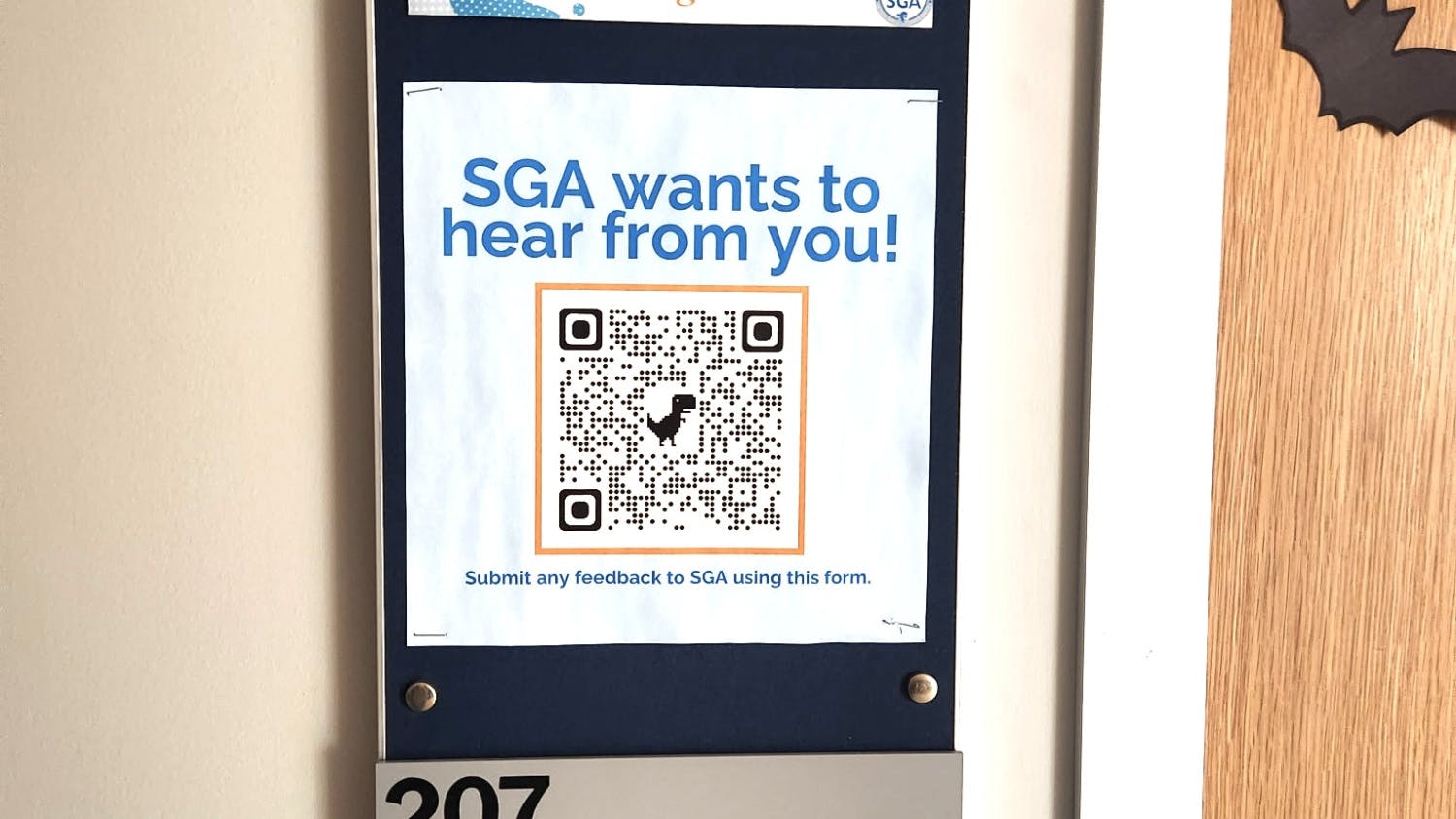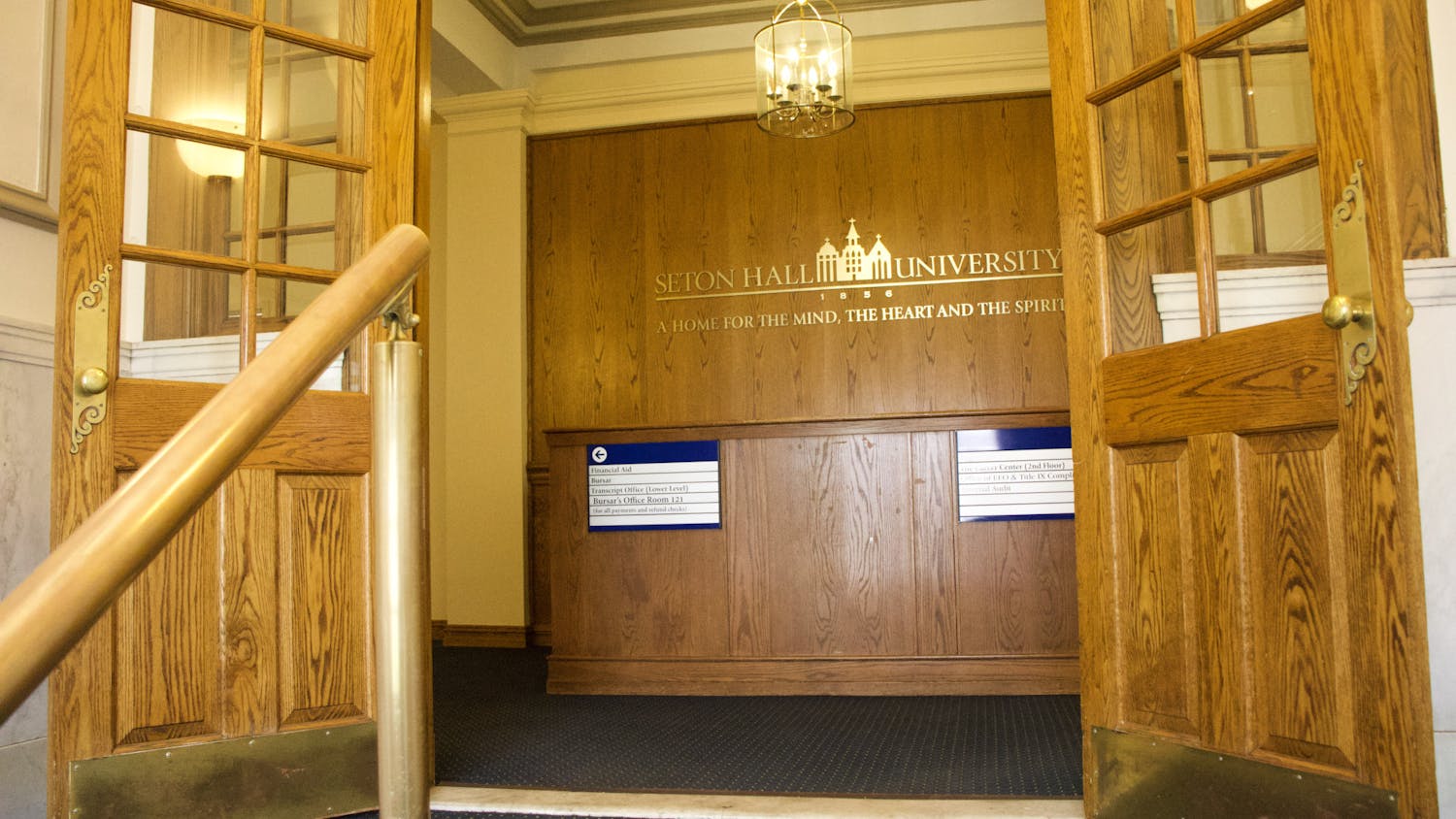Courageous individuals have dared to challenge order for centuries, from Muhammad Ali and his banishment from boxing to Alyssa Nakken, the first female on-field coach in MLB history. These trailblazers have paved the way for progress and change, both inside the sports world and out.
Since their debut in Fall 2009, the Seton Hall Sapphires’ performances and unwavering spirit have become synonymous with the Pirates. The program had never seen a male dancer in its’ 13-year existence – though the 2022-23 campaign saw history with its first male dancer, Anthony Azuike.
Before delving into his time at Seton Hall, Anthony’s dance journey must be explored, starting with his introduction to the art in his hometown of Los Angeles, California.
“Without a doubt, my sister [Alex],” Anthony noted when asked about what drew him to dance. “I’d always have to replicate what she did. I was like, ‘why is she leaving every Saturday morning? I want to do that.’ I think I just wanted to be like her, but also make her proud and just show that I have talent too.”
Just as his sister did, Anthony started his journey at the Conservatory of Arts in second grade and continued to learn there until he was about to enter middle school.
As a performer in the Gifted and Talented program, Anthony not only had passion, but the capabilities of some of the world’s best dancers and had the opportunity to dance with boys who were a few years older.
Though he competed and succeeded at the levels he performed at, he faced his first sights of adversity.
“You’ll hear from a lot of dancers that not every dance space is supportive,” Anthony said. “I know that school put so much discipline that I respect, and I was taught so much about the importance of entertainment, but at the time, competing with older boys, you wonder if you’re good enough.”
At a crossroads, Anthony looked back to his sister, who was a senior in high school at the time and had stayed with the conservatory, for insight.
“She was like ‘do you want to go back?’ And I said, ‘no, I don’t.’”
From there, Anthony attended a performing arts charter school called Millikan Middle School, now known as Louis Armstrong Middle School, in Sherman Oaks, California. Here, he had the opportunity to join the musical theater program, where he could dance, act, and sing simultaneously to find passions outside of dance.
Following the experiences of Millikan Middle School’s theater program, Anthony’s sights returned to dance, though the genres had flipped. Once finding himself more jazz-focused, he was pushed towards hip hop.
“Millenium Dance Studio, Playground LA, the surge of dance videos getting popular online from 2016 to 2018, it just made me want to [do hip hop],” Anthony added.
Anthony once again was not completely set on dancing going into high school, even with his newfound appreciation. In fact, he avoided the team entirely during his freshman year. He had not danced jazz, contemporary, or ballet at that point, citing these types of dance needing to be upkept.
Instead, Anthony took his talents to track for a year. This wasn’t a long-lasting decision, as he returned to dancing shortly after. Before making history at the Hall, he did it on the other side of the country.
“I’m very proud to say that I am the first ever male dancer on Notre Dame High School’s Varsity dance team.”
Dance ultimately did not play a role in his college decision, either. Along with his admission to Seton Hall University, Anthony was admitted to a Dance Academy and another university, where he “auditioned in secret.”
I’m sure the Sapphires can say they’re lucky this secret audition still allowed him to be at Seton Hall.
If there was a collegiate pursuit of dance, it was initially going to be casual for Anthony. He was certain he was going to major in communications and wasn’t looking for an opportunity to dance when he arrived in South Orange.
Just when you aren’t searching, you find exactly what you need.
“I saw the Sapphires’ tabling event, and I was like, ‘I can do that,’” Anthony said.
Since joining the team in Fall 2022, Anthony has been a beloved member of the Seton Hall Sapphires, whether by the other dancers, friends, or fans.
Both teams of girls at Notre Dame and Seton Hall attributed to his successes as well. Anthony noted their support for minority boys in these spaces, as well as challenging him, from both teams contributed to his development.
He noted that the programs didn’t give him special treatment for being a boy and facilitated environments that allowed growth.
Despite the support he is given and his unwavering confidence, there are still challenges that come with being a male dancer. The growth of collegiate dance and male dancers’ involvement has seen its rise in recent years, though many still find unconventionality in it.
“It’s more feminine, so people will say you’re gay,” Anthony began. “I’ve known I was gay, but that had nothing to do with dance; there are many men who aren’t. It’s a form of expression. I don’t think you have to put a gender on it, like clothing – it’s art.”
Attending Seton Hall didn’t take away from these drawbacks. As a Catholic, predominantly white institution, there was an expectation of judgment, though he was prepared with the support of his family and his ability to adapt.
“There’s possibly been more stereotypes about my race. ‘Oh, you must do hip hop.’”
While faced with these obstacles, Anthony has never let them stop him from doing what he loves. Dance is a physical, demanding art, and, while loved, does not receive the attention given to sports or other arts. From the Super Bowl Halftime Show to music video choreography, the names and faces of those behind the scenes aren’t amplified as they should be.
“I think society downplays the amount of work that goes into dance,” he said. “Netflix made a documentary about what goes into cheerleading, how it’s demanding and its place as a sport. If we looked at dance and gave it that platform, just to reintroduce it to the world, there is an invitation for greater understanding and appreciation.”
Parents investing time to listen to their children’s interests is another solution Anthony mentioned. Many can place their own desires onto their children, and facilitating spaces where they can find their passions and interests is key.
As Anthony puts it, dance “has been with humanity since the first sunrise,” just as his strength, passion, and confidence have seemingly been. His story is a testament to the evolving landscape of dance, and his presence in the Sapphires’ program paves the way for inclusivity and the celebration of dancers for their talent and artistry, regardless of gender.
“I’ll tell you ‘til the day I die: boys deserve to dance. Boys dance, too. And we are very, very good at it.”
Thomas Donnelly is the Setonian’s Sports Editor and a writer of its Sports section. He can be reached at thomas.donnelly@student.su.edu.





